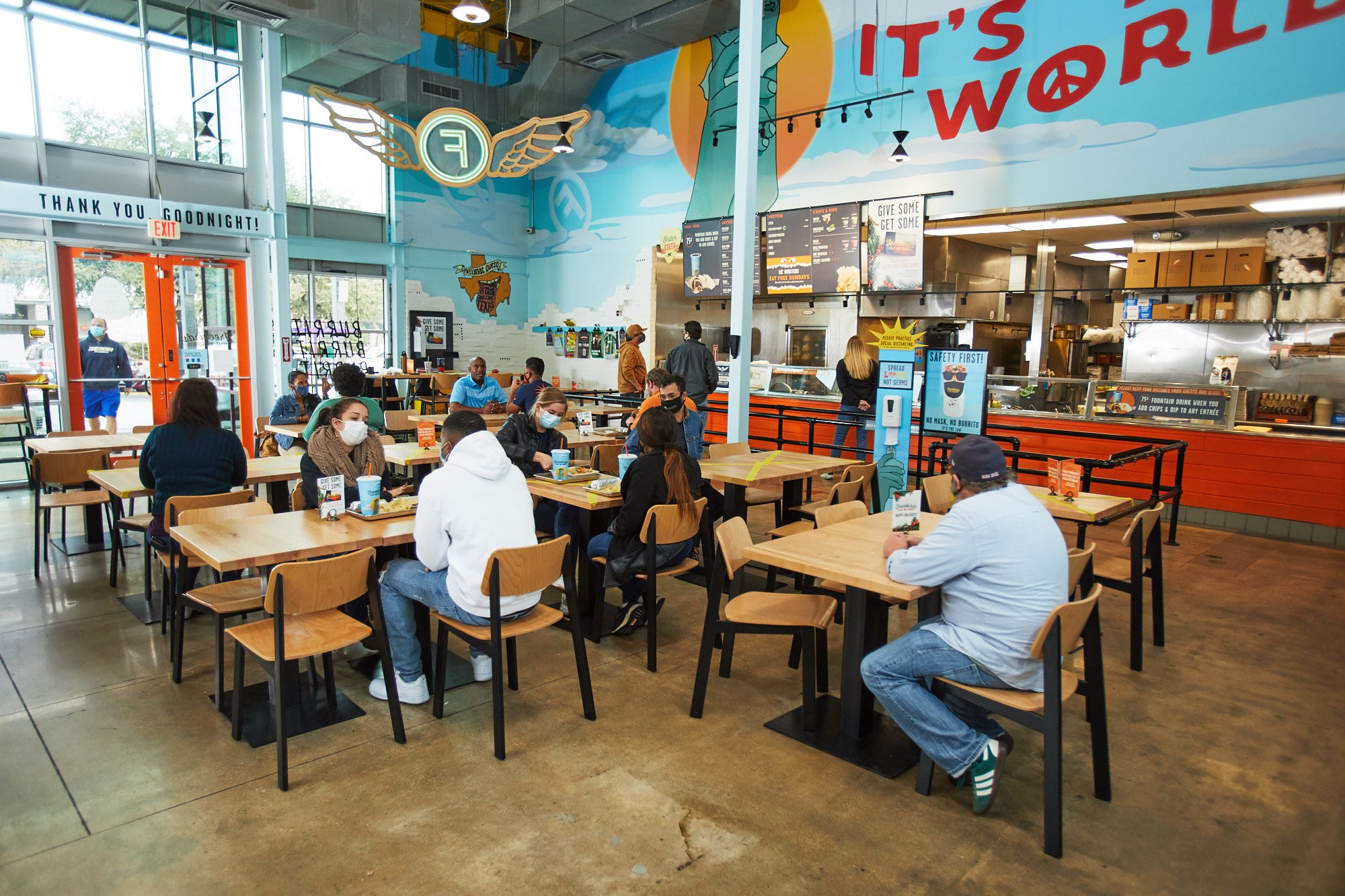Starbucks announced Wednesday that it will expand its Greener Store Framework by opening the first prototype outside of North America in Shanghai, China.
The Shanghai-based Greener Store will open September 30 and is the first of three experiential locations designed to immerse customers in Starbucks’ “Planet Positive” commitments. The next experiential stores will debut in Southern California and Starbucks’ home city of Seattle.
The Greener Store Framework, co-developed with the World Wildlife Fund, focuses on energy efficiency, water stewardship, renewable energy, responsible materials, and waste diversion. The stores enable Starbucks to test solutions while reaching certain “Planet Positive” goals like reducing carbon emissions, water usage, and landfill waste by 50 percent.
“Our work to become planet positive begins with coffee at origin, and carries through to our stores, right to our customers’ hands,” Michael Kobori, Starbucks chief sustainability officer, said in a statement. “I’m proud to say that our partners’ energy and passion for sustainability pushes us every day and is the reason why we’ve seen great adoption of our Greener Store standards.”
In 2018, Starbucks pledged to build and operate 10,000 Greener Stores globally by 2025. Currently, the coffee chain has more than 2,300 Greener Stores in the U.S. and Canada. The international expansion will continue in Japan, the U.K., and Chile next year.
“We’ve proven designing and building greener stores is not only responsible, but also good for business,” Andy Adams, Starbucks senior vice president of store development, said in a statement. “In 2018, we created a new benchmark in retail that goes beyond construction and design to address long-term, eco-conscious operations. Today, we expand the Greener Stores benchmark globally to accelerate our progress toward our Planet Positive goals.”
The Shanghai Greener Store has several differences from the coffee chain’s traditional units. Around half of the interior can be recycled, upcycled, or biodegraded, and paper receipts and menus no longer exist, in favor of digital options. Guests will use reusable cups instead of single-use, and over half of the menu is plant-based, with oat milk as the typical offering for all beverages. A “Circular Lifestyle Lab” will hold sustainability themed exhibitions, as well.
“Starbucks expansion of the Greener Stores program demonstrates a continued commitment to environmental stewardship and innovation,” Sheila Bonini, the WWF’s senior vice president of private sector engagement, said in a statement. “By making this program open source, and expanding it globally, Starbucks is creating a path toward a resource positive future within their own four walls and beyond.”



Greener Stores are not only a strategy by Starbucks to target sustainability, but they also save money. The locations reduced energy consumption by 30 percent compared to prior store designs, Starbucks said, equaling the electricity of more than 30,000 homes per year. The Greener Stores also reduce water use by more than 30 percent, which saves more than 1.3 billion gallons of water annually. Starbucks said 90 percent of company-operated stores have adopted waste diversion and circular practices, including recycling, composting, etc.
The next step in Starbucks’ commitment to sustainability goes beyond its corporate promise and includes its licensees, in addition to scaling electric vehicles through its supply chain. Another initiative, the ASU-Starbucks Center, will open in December as a research facility in partnership with Arizona State University. The ASU-Starbucks Center will work to find ways to design, build, and operate portfolios of buildings without disrupting the environment and inspire others to do the same.
Earlier in the year, Starbucks installed a 1-megawatt solar structure at the company’s Carson Valley Roasting Plant and Distribution Center, where on-site solar energy will provide around a third of the center’s electricity for the year. Across roasting facilities, Starbucks is replacing end-of-life roasters with new ones that are 40 percent more energy efficient.






